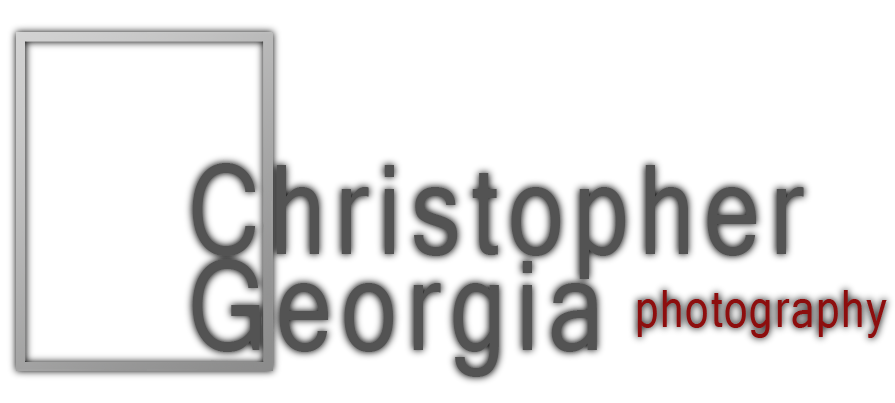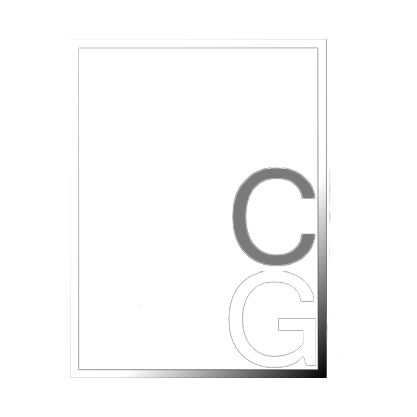How to Forecast & Photograph a Display of the Northern Lights
Photographing the aurora borealis or northern lights can be an exciting experience for any photographer. However, capturing this amazing natural phenomenon can be a bit challenging without the right knowledge and tools. In this post, I will discuss some of the essential information that will help you capture stunning photographs of the northern lights, including the tools I use to forecast a solar storm event over at Solarham.com We’ll also cover some guidance with camera settings and lenses I recommend.
Let's first discuss the different types of aurora, which include the discrete aurora and diffuse aurora. The discrete aurora appears as distinct, often wavy, curtains of light generally viewed at higher latitudes, while the diffuse aurora appears as a more evenly distributed glow. When viewing the diffuse aurora, it will appear as a dim, glowing light, often described as "curtains" or "veils" of light. To the naked eye, the color of the aurora will be a pale green, with occasional shades of pink or purple. The northern lights can move and shift quickly, so be prepared to adjust your camera settings to capture the best shots.
Auroras showcase a vivid array of colors, each representing distinct atmospheric interactions. Green, the most prevalent hue, arises from the collision of charged particles, primarily electrons, with oxygen atoms at lower altitudes, roughly 60 miles (100 kilometers) above the Earth. Pink and red hues manifest when electrons engage oxygen at higher altitudes, typically exceeding 60 miles (100 kilometers), and tend to accompany more intense geomagnetic storms. Blue auroras, less frequent than green, emerge when nitrogen molecules react to solar particles, often at even greater altitudes than their green counterparts. Finally, the rarest of auroral colors, purple and violet, occur when nitrogen molecules at extremely high altitudes encounter solar particles, resulting in a spectacular display of vibrant hues against the night sky.
The Aurora Borealis and Strong Thermal Emission Velocity Enhancement, also known as STEVE
Jackson Lake in Grand Teton National Park, Wyoming
The Northern Lights viewed from Acadia National Park, Maine
The Northern Lights over Mt. Chocorua and the White Mountain National Forest
viewed from Tamworth, New Hampshire
The Northern Lights over the Bridger Range. Gallatin Valley, Montana
Consider Your Camera Settings
When photographing the aurora, I recommend using a wide-angle lens with a low aperture, such as f/2.8 or lower, to capture as much light as possible. I work with the Sigma 14mm f/1.8 ART, Sigma 24mm f/2 ART, and Sony 55mm f/1.8 to capture different scene perspectives.
Aperture should be set to as wide as your lens will shoot to take in as much light as possible. The best practice when photographing the northern lights would be to open up the aperture to its widest or most open setting.
ISO settings will depend on the lighting conditions in your landscape, but starting with ISO 800-1600 can be a good place to begin.
Shutter speed will vary depending on the strength and brightness of the aurora and any ambient light. Starting with 8–15 second exposures can be a good place to begin dialing in your exposure duration. Since the aurora can move quickly, a longer exposure could blend spikes of light and cause them to appear softer than initially planned.
Also, consider utilizing an intervalometer to take a time-lapse sequence of exposures that can be combined to show the movement of the auroral activity over time. When shooting a time-lapse, always remember to dial in your exposure first, then set your interval time to be longer than your exposure time. I’ll cover time-lapse photography in depth in a future article.
A time lapse sequence of the Northern Lights viewed from Montana
Considering the Weather and Light Pollution
Cloud-free skies and a view to the north, free of light pollution, are crucial factors when it comes to viewing the northern lights. Here's why:
Cloud-Free Skies: Clouds act as a barrier, obstructing the view of the night sky. If the sky is cloudy, even if the auroras are occurring, they'll be hidden from view. Therefore, clear skies are essential for optimal visibility of the northern lights. It's best to choose a location where the weather forecast predicts minimal cloud cover for the best chance of witnessing this natural phenomenon.
View to the North: The aurora borealis appears near the Earth's polar regions, primarily in the northern hemisphere. This means that to observe the northern lights, you need an unobstructed view to the north. The auroras often form arcs or curtains that stretch across the northern horizon. If your view is obstructed by buildings, trees, or mountains to the north, you may miss out on seeing the full extent of the display. Choosing a location with a clear view to the north is essential for maximizing your chances of experiencing the northern lights.
Minimal Light Pollution: Light pollution refers to the presence of artificial light sources, such as streetlights, buildings, and urban areas, which can wash out the natural darkness of the night sky. When viewing the northern lights, it's crucial to minimize light pollution as much as possible. Bright artificial lights can dim the visibility of the auroras, making them harder to see. Opting for a location away from urban areas and light sources will provide a darker sky, enhancing the contrast and brilliance of the auroras.
Analyzing the Data
Solarham.com is a website that provides real-time information about space weather and solar activity. This website offers valuable information about the solar wind, aurora activity, and other related space weather data that is crucial to capturing a photo of the northern lights. Here are a few of the tools that I use to help with forecasting a display of the northern lights:
Bz: An essential component of the interplanetary magnetic field (IMF) that can influence the geomagnetic activity around our planet is referred to as "Bz." Earth boasts a magnetic field enveloping it in a protective barrier known as the magnetosphere, which serves to deflect the solar wind. The intersection of Earth's magnetic field with the Sun's magnetic field occurs at a boundary called the magnetopause. Earth's magnetic field typically orients itself northward. However, when the Sun's magnetic field points southward, a condition known as "southward Bz," it has the potential to counteract Earth's magnetic field at the point of contact. In cases of a southward Bz, these two magnetic fields become interconnected, effectively creating an opening that could permit energy from the solar wind to enter Earth's atmosphere. The Bz is a part of the solar wind charts and measures the direction and strength of the interplanetary magnetic field. When the Bz is southward, it can help trigger auroras by allowing charged particles to enter the Earth's magnetic field. The chart below lists the Bz indicator. When studying this chart, seeing the Bz tipped southward or below the ‘zero’ marker for an extended period of time can be a sign of a strong auroral display.
At the top of this image, Bz is shown south of the dotted “0” line. This is a visual representation of the Bz being south.
Kp index: The Kp index is a measure of geomagnetic activity, ranging from 0 to 9. The higher the Kp index, the more active the aurora is likely to be. Find real-time data on the Kp index, which is a crucial indicator for predicting aurora activity here.
Statistical auroral oval: This is a graphical representation of the auroral oval, which shows where the aurora is most likely to be seen. This oval changes shape and size depending on the level of geomagnetic activity. The statistical auroral oval map can help you locate and plan for the best spots to see the northern lights.
Capturing the northern lights can be a very rewarding experience. By understanding the different types of aurora, having the right tools and camera settings, and using the information available on Solarham.com, you can better your chances to capture stunning photos of this incredible natural phenomenon.
Happy chasing!
Christopher







